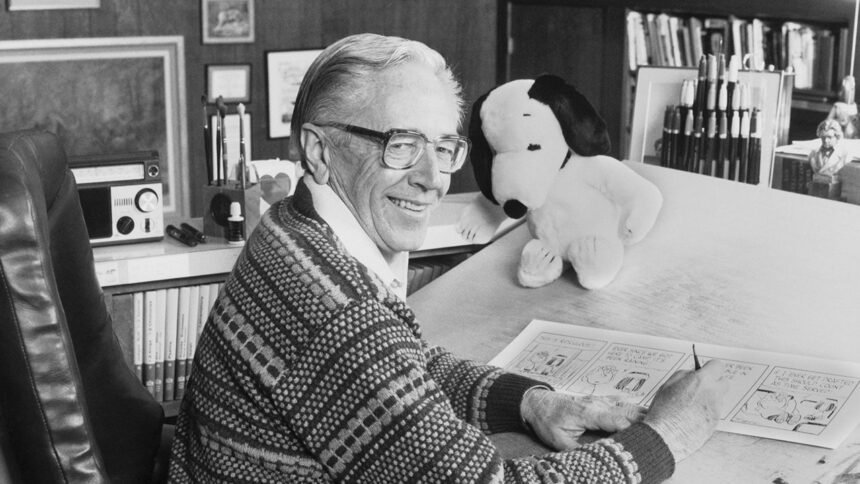[ad_1]
The Birth of a Christmas Classic
Charles Schulz, the mastermind behind the Peanuts comics, was approached by Coca-Cola in late May 1965. The beverage giant was interested in sponsoring an animated Christmas special based on the popular cartoon series. Thus, Schulz summoned his producer, Lee Mendelson, and director, Bill Melendez, resulting in a quick meeting at Schulz’s residence in Sebastopol, California over the Memorial Day weekend.
From this collaboration sprung “A Charlie Brown Christmas,” which would eventually etch itself as the most cherished animated Christmas special in history.
The Formation of “A Charlie Brown Christmas”
Delving into the creation process, Mendelson proposed the inclusion of a Christmas tree as part of the storyline. Schulz welcomed the idea enthusiastically, prompting him to coin the phrase, “We need a Charlie Brown-like tree!” However, when Mendelson proposed adding a “laugh track,” Schulz was less enthusiastic and temporarily left the meeting. The issue was alleviated when Melendez humorously suggested they skip the laugh track, allowing them to move on with the process.
Music for the special was also discussed. The team decided to bring onboard jazz composer Vince Guaraldi after his impressive work on a Schulz documentary two years earlier. Schulz also desired a scene where Schroeder, the piano-player character in Peanuts, performed a Beethoven tune. Another unique aspect Schulz insisted on was that the characters should be voiced by real children, not professional adult voice artists.
Inserting Religion in Animation
A significant challenge arose when Schulz suggested incorporating biblical verses from the Book of Luke. Both Melendez and Mendelson were apprehensive, arguing that such religious elements did not belong in a cartoon, fearing potential backlash from religious and non-religious listeners alike. However, Schulz convinced them saying, “If we don’t do it, who will?”
Schulz, who was deeply concerned around that time that the true purpose of Memorial Day and Christmas were losing their significance, wished to reintroduce the lost essence of these occasions through this special.
Charles Schulz: Peanuts Creator and Combat Veteran
In 1965, Schulz was burgeoning as the most successful comic strip artist globally. Peanuts reached over 60 million people and got published in more than 700 newspapers across the United States and Canada and 71 more worldwide. However, Schulz’s proudest achievement was not his comic strip but rather his time as a combat infantryman, as depicted by the badge on his office wall.
From Maturity to Creativity
The Combat Infantryman Badge hearkened back to Schulz’s time in World War II, where he served in the U.S. Army’s 20th Armored Division across various parts of Europe. Schulz’s unit even participated in the liberation of the Dachau concentration camp. These experiences made an everlasting impression on Schulz, transforming him into a committed Christian and profoundly thankful for his survival.
By December 1965, with only a week to broadcast his Christmas special, CBS executives were frustrated by the rough animation, jazz score, and overt religiosity. However, to their surprise, the show was a hit when it aired, with almost half the television viewers in America tuning in.
A Legacy Lives On
Charles M. Schulz left a lasting legacy, creating a multi-billion dollar entertainment franchise around the Peanuts comics. However, it was his service to his country during World War II that he held in the highest regard, evidenced by his grave marker, reflecting his significant contribution as a sergeant in the U.S. Army.
[ad_2]









